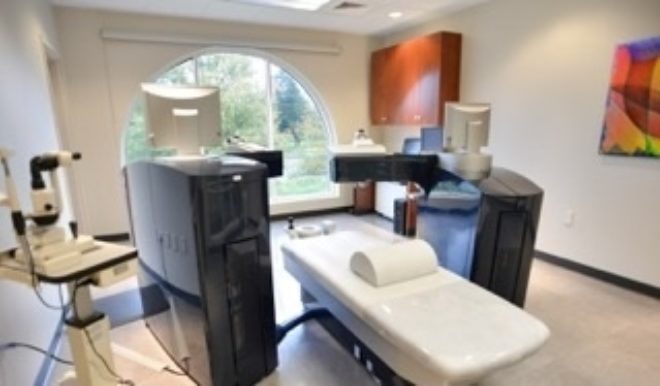
As the old adage goes “One size does not fit all.” This holds true for shoes and vision correction eye surgery. But what type of LASIK eye surgery should you get? Just as you would never buy a shoe that is two sizes too small, you certainly do not want to have a laser eye procedure that does not fit your needs medically or visually.
A good LASIK surgeon should start off with a blank slate and determine the right type of LASIK eye surgery for you based on your individual needs, including:
During your comprehensive consultation, your laser eye surgeon should consider one of the following types of vision correction procedures:
When you talk to your friends and family who have had laser vision correction surgery the vast majority will tell you they had LASIK. What if the type of LASIK they received “does not fit” you? What are your options, and will you get the same great vision your friends and family rave about? PRK may be a great option for you. PRK (photorefractive keratectomy), also referred to as Epi-LASIK, LASEK, or Advanced Surface Ablation, is an excellent laser vision correction procedure for many who are not ideal LASIK candidates.
At Providence Eye & Laser Specialists PRK is recommended over LASIK for approximately 25% of our patient and is performed utilizing the FDA-approved Wavelight EX500 laser, the same laser used during LASIK.
You and your laser eye surgeon should decide together if you are a good candidate for PRK or a different type of LASIK eye surgery. Some factors which may make PRK a more suitable procedure for you are:
PRK has the same great advantages as LASIK with regards to achieving great vision. However, there are some differences in the healing process. PRK:
The healing process is different from other types of LASIK:
Because our surgeons are cornea specialists, they are exceptionally capable of detecting subtle corneal abnormalities and recommending the safest, most predictable procedure for you. This is why being evaluated by your surgeon and having a complete and thorough consultation to determine what type of procedure is best for you is perhaps the most important part of your vision correction experience.
Come visit us for a free consultation to determine which type of LASIK may be right for you, so you can start to see more and live better.